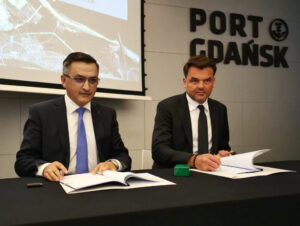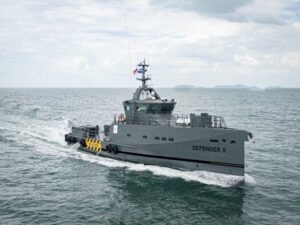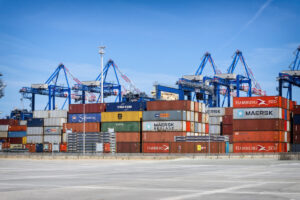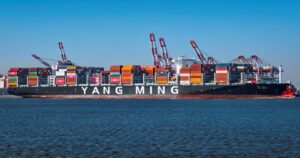Sea-Intelligence has reported imbalances and back-haul utilisation post-Covid in its most recent study.
Prior to COVID-19, back-haul vessel utilisation was around 50 per cent but has subsequently declined, dropping below 40 per cent in August 2024 for the first time.
The firm calculated back-haul utilisation by assuming that all head-haul vessels are 100 per cent filled, which implies that the amount of back-haul cargo, as a ratio to the head-haul cargo, equals the back-haul utilisation.
READ: China’s container trade suffers supply-demand imbalance
Alan Murphy, CEO of Sea-Intelligence, said: “If we also factor in the distance travelled by the container vessels, measured as TEU*Miles, we see back-haul utilisation drop below 40 per cent for three consecutive months, with a record-low number of 36.6 per cent in August 2024.
“It is therefore very clear that the trade imbalances, from a global perspective, have worsened sharply since before the pandemic. This is especially true for the five largest deep-sea trades in terms of volumes shipped, which have all seen a significant worsening in trade imbalance, compared to the situation pre-pandemic.”
READ: Non-alliance shipping capacity surges on key trade routes
According to the analysis, this means that either head-haul trades will increasingly have to “pay” more for the repositioning of empty containers, as there are fewer back-haul containers “paying their own way,” or back-haul shippers will have to pay higher freight rates, as there are fewer paying back-haul containers as a share of vessel space.
Sea-Intelligence noted that whether a carrier attempts to shift this additional cost imbalance to the head-haul or the back-haul is determined by their strategy for serving either market.









